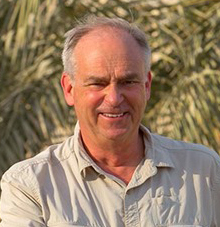Previously Highlighted Publications
Director's Highlights Spring 2022
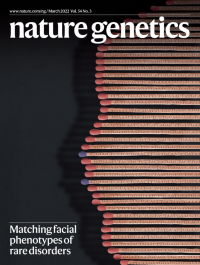
Prediction of histone post-translational modification patterns based on nascent transcription data.
Wang Z, Chivu AG, Choate LA, Rice EJ, Miller DC, Chu T, Chou SP, Kingsley NB, Petersen JL, Finno CJ, Bellone RR. Antczak DF, Lis JT, Danko CG.
Nature Genetics. 2022 Mar;54(3):295-305.
Alex is a 2019 CVG Scholar jointly mentored by John Lis and Charles Danko.

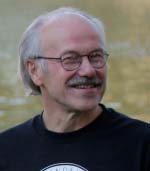

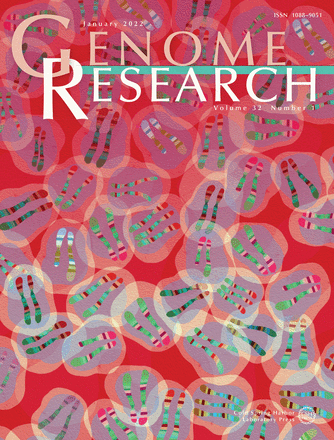
Zebrafish transposable elements show extensive diversification in age, genomic distribution, and developmental expression
Chang NC, Rovira Q, Wells JN, Feschotte C, Vaquerizas JM.
Genome Research. 2022 Jan 5:gr-275655.
Sylvia is a 2020 CVG Distinguished Scholar mentored by Cedric Feschotte.



Multiple 9-1-1 complexes promote homolog synapsis, DSB repair, and ATR signaling during mammalian meiosis.
Pereira C, Arroyo-Martinez GA, Guo MZ, Downey MS, Kelly ER, Grive KJ, Mahadevaiah SK, Sims JR, Faca VM, Tsai C, Schiltz CJ, Wit N, Jacobs H, Clark NL, Freire R, Turner J, Lyndaker AM, Brieno-Enriquez MA, Cohen PE, Smolka MB, Weiss RS.
Elife. 2022 Feb 8;11:e68677.
Catalina graduated from the Weiss lab and is now a post-doctoral fellow in the Schimenti and Danko labs.
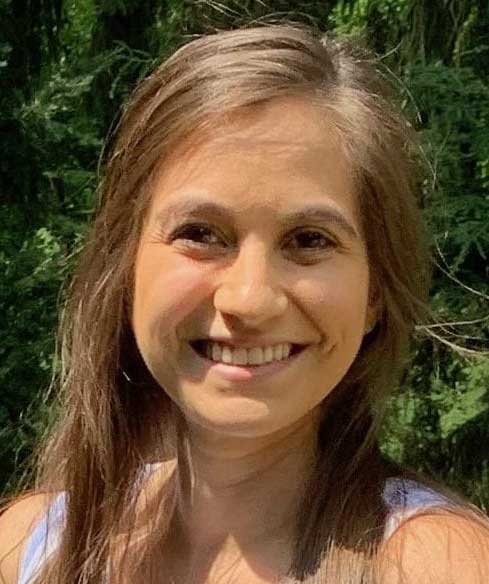
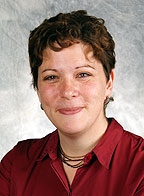


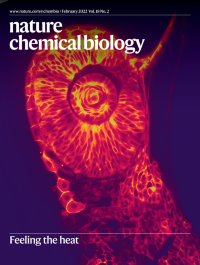
Dynamic eIF3a O-GlcNAcylation controls translation reinitiation during nutrient stress
Shu XE, Mao Y, Jia L, Qian SB.
Nature Chemical Biology. 2022 Feb;18(2):134-41.
Erica was the CVG Journal Club co-leader in 2019, mentored by Shu-Bing Qian.



SETD2 haploinsufficiency enhances germinal center-associated AICDA somatic hypermutation to drive B cell lymphomagenesis.
Leung W, Teater M, Durmaz C, Meydan C, Chivu AG, Chadburn A, Rice EJ, Muley A, Camarillo JM, Arivalagan J, Li Z, Flowers CE, Kelleher NL, Danko CG, Imielinski M, Dave SS, Armstong SA, Mason CE, Melnick AM.
Cancer Discovery. 2022 Apr 20.
Wilfred was a BBS student in the Richards lab before finishing his thesis in the Melnick lab (Weill) following Kristy's untimely passing. We are very honored to include Kristy here in the same semester as the inaugural Kristy Richards Memorial Lecture.

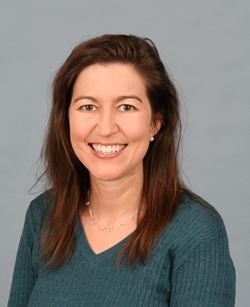
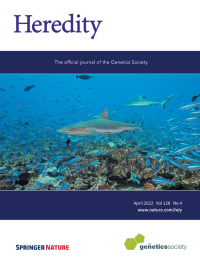
The evolutionary significance of meiotic drive.
Searle JB, de Villena FP.
Heredity. 2022 Apr 25:1-4.
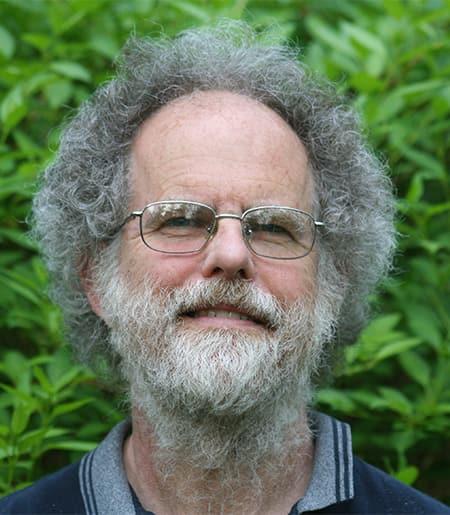
Director's Highlights Fall 2021
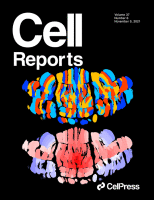
MicroRNA-29 specifies age-related differences in the CD8+ T cell immune response.
Mon KJ, Zhu H, Daly CW, Vu LT, Smith NL, Patel R, Topham DJ, Scheible K, Jambo K, Le MT, Rudd BD, Grimson A.
Cell reports. 2021 Nov 9;37(6):109969.
In this inter-disciplinary study across the Grimson and Rudd labs in MBG and M&I, including several other collaborators, the authors show that a specific microRNA family, miR-29, is required for the normal memory response of adult CD8+ T cells. Moreover, gain of miR-29 expression in neonatal cells, which normally exhibit reduced memory response, is sufficient to improve memory response. In addition to the discovery of miR-29 as a master developmental switch, this study raises the possibility that miRNAs could be used as biomarkers of infection outcome and/or vaccine efficacy. Norah Smith, a co-author on this paper, recently received a 2021 CVG seed grant with co-PIs Grimson and Rudd.
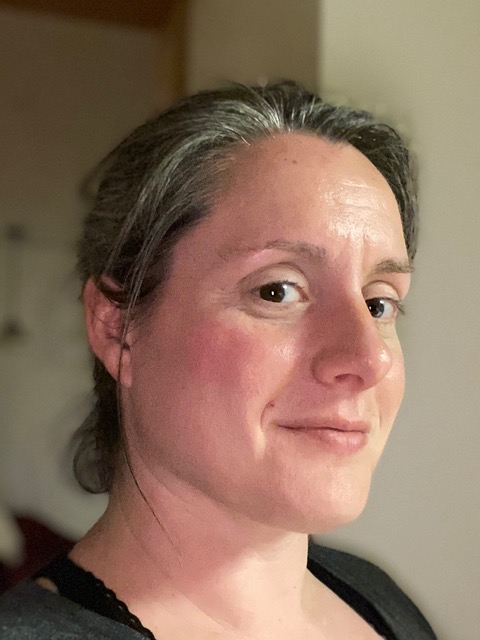
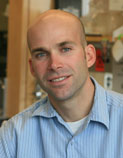


The genetic architecture of DNA replication timing in human pluripotent stem cells.
Ding Q, Edwards MM, Wang N, Zhu X, Bracci AN, Hulke ML, Hu Y, Tong Y, Hsiao J, Charvet CJ, Ghosh S., Handsaker RE, Eggan K, Merkle FT, Gerhardt J, Egli D, Clark AG, Koren A.
Nature Communications. 2021 Nov 19;12(1):1-8
Andy Ding is lead author on a major paper from Amnon Koren’s lab, characterizing both genetic variants and epigenetic signatures designating origins of replication in humans. The work made use of read-depth from whole-genome shotgun sequencing to infer locations of replication origins in dividing cultured pluripotent stem cells from 349 individuals. While the replication origins are largely conserved, more than 1600 DNA sequence variants were associated with inter-individual differences in origin use. A combinatorial epigenetic code was found to be highly predictive of origin use. Listed as co-authors are Matt Edwards (2021 CVG Distiguished Scholar) and Alexa Bracci (2018 CVG Scholar).




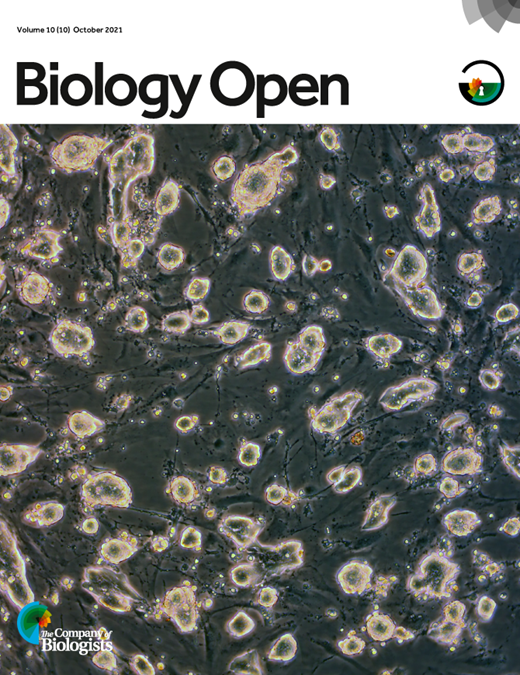
Efficient induction and sustenance of pluripotent stem cells from bovine somatic cells.
Pillai VV, Koganti PP, Kei TG, Gurung S, Butler WR, Selvaraj V.
Biology open. 2021 Oct 15;10(10):bio058756.
In this recent publication, Viju Vijayan Pillai, Prasanthi Koganti and colleagues in the Selvaraj lab used systems biology to identify species-specific pathways associated with pluripotency in cattle. This study was initially funded by a 2011 CVG seed grant, then funded by the USDA in 2013. Iridescent dome-shaped colonies with individual cells not being discernible is a morphological hallmark of naïve pluripotency. This work uncovers core elements of pluripotency signaling in bovids, highlighting species-distinctions that have baffled scientists for decades. The first authors were also featured in this interview.

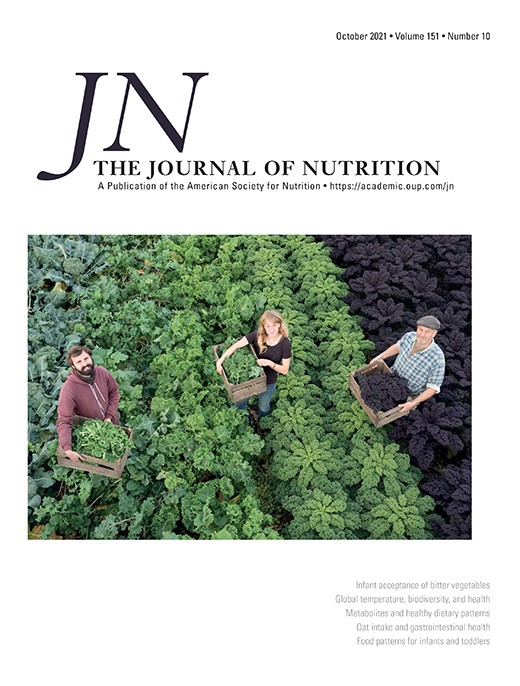
Reduced Shmt2 expression impairs mitochondrial folate accumulation and respiration, and leads to uracil accumulation in mouse mitochondrial DNA.
Fiddler JL, Xiu Y, Blum JE, Lamarre SG, Phinney WN, Stabler SP, Brosnan ME, Brosnan JT, Thalacker-Mercer AE, Field MS.
The Journal of Nutrition. October 2021. Volume 151, Issue 10 (p882–2893)
In this study, led by the Field lab in the Division of Nutritional Sciences, the authors use CRISPR/Cas9 technology to study the role of Shmt2 in mitochondrial function and the maintenance of mitochondrial DNA (mtDNA) integrity. A key finding is that while the effects of reduced expression of Shmt2 is, expectedly, more subtle than the effects of a knockout, it can still lead to compromised cellular respiration and proliferation. The authors unveil the mechanistic underpinnings for this observation that opens new areas of research in mitochondrial genome maintenance.


Human MLH1/3 variants causing aneuploidy, pregnancy loss, and premature reproductive aging.
Singh, P., Fragoza, R, Blengini, C., Tran, T., Pannafino, G., Al-Sweel, N., Schimenti, K., Schindler, K., Alani, E., Yu, H., and Schimenti, J.
(2021)Nature Comm, 12:5005. PMC8373927
In this study, led by the Yu and Schimenti labs in CB and BMS, the authors used a wide range of approaches, including but not limited to computational predictions, genome editing, and yeast two-hybrid assays, to identify several genetic variants of MLH1 and MLH3 (previously of unknown significance) that cause reproductive defects in mice. The findings of this study have important implications for the mechanisms that underpin early miscarriages in humans.



Planarian stem cells sense the identity of the missing pharynx to launch its targeted regeneration.
Bohr TE, Shiroor DA, Adler CE.
eLife. 2021 Jun 22;10:e68830.
At the heart of this study is the ever-fascinating question, "how do we heal from injury?". Carrie Adler and her team in the Department of Molecular Medicine are experts in leveraging planaria to understand stem cell behavior during regeneration. In this study the authors compare how stem cells respond to the loss of a specific organ versus the loss of several organs. At the heart of the discovery is that different types of injuries may require distinct regenerative mechanisms. In other words, planarian stem cells can tailor their behaviors based on the kind of healing that is needed.

Director's Highlights Spring 2021

Leveraging phenotypic variability to identify genetic interactions in human phenotypes.
Marderstein AR, Davenport ER, Kulm S, Van Hout CV, Elemento O, Clark AG.
The American Journal of Human Genetics. 2021 Jan 7;108(1):49-67. PMID: 33326753
A collaboration between the labs of Andrew Clark (MBG) and Olivier Elemento (Weill) led to the development of a method for studying interactions between genetic and environmental risk factors for disease. Their approach leverages genetic variants associated with individuals having extreme phenotypes, and makes use of variance Quantitative Trait Loci. This work is led by 2018 CVG scholar Andrew Marderstein, who defends his thesis on June 22nd, 2021. Congratulations to Andrew and all co-authors on this outstanding work!

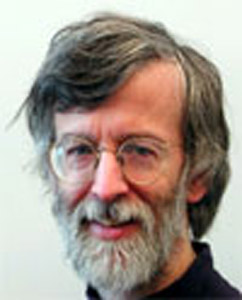
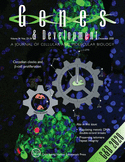
Sexually dimorphic DNA damage responses and mutation avoidance in the mouse germline.
Bloom JC, Schimenti JC.
Genes & Development. 2020 Dec 1;34(23-24):1637-49.
This work from the lab of John Schimenti (BMS) is led solely by Jordana Bloom, a 2017 & 2018 Vertebrate Developmental Genomics T32 fellow. The study offers novel insights into the DNA damage response (DDR) in primordial germ cells during fetal development. Jordana and John also show that the DDR in these cells is different in male vs. female primordial germ cells. Intriguingly, male cells exhibit de-repression of transposable elements. Jordana graduated in 2020 and is now a post-doctoral fellow at the Whitehead Institute.
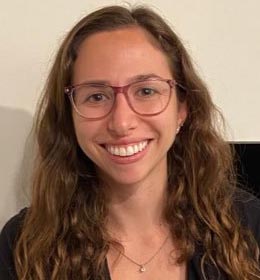

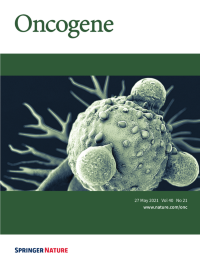
Pharmacological and genetic perturbation establish SIRT5 as a promising target in breast cancer.
Abril YL, Fernandez IR, Hong JY, Chiang YL, Kutateladze DA, Zhao Q, Yang M, Hu J, Sadhukhan S, Li B, He B, Remick B, Bai JJ, Mullmann J, Wang F, Maymi V, Dhawan R, Auwerx J, Southard T, Cerione RA, Lin H, Weiss RS.
Oncogene. 2021 Mar;40(9):1644-58.
This collaborative study from the labs of Bob Weiss (BMS) and Hening Lin (CCB) is co-led by Yashira Abril and HHMI Gilliam Fellow Irma Fernandez (who also served in 2021 on the CVG Twitter Team). They first reported that genetic disruption of Sirt5 in breast cancer mouse models severely impairs tumorigenesis. They then developed and tested highly potent and selective small-molecule inhibitors of SIRT5, which reduces mammary tumor growth in vivo. The findings suggest that SIRT5 is a promising target for treatment of breast cancer. Also contributing is Viviana Maymi, a current CVG Scholar.
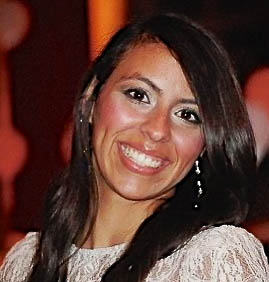
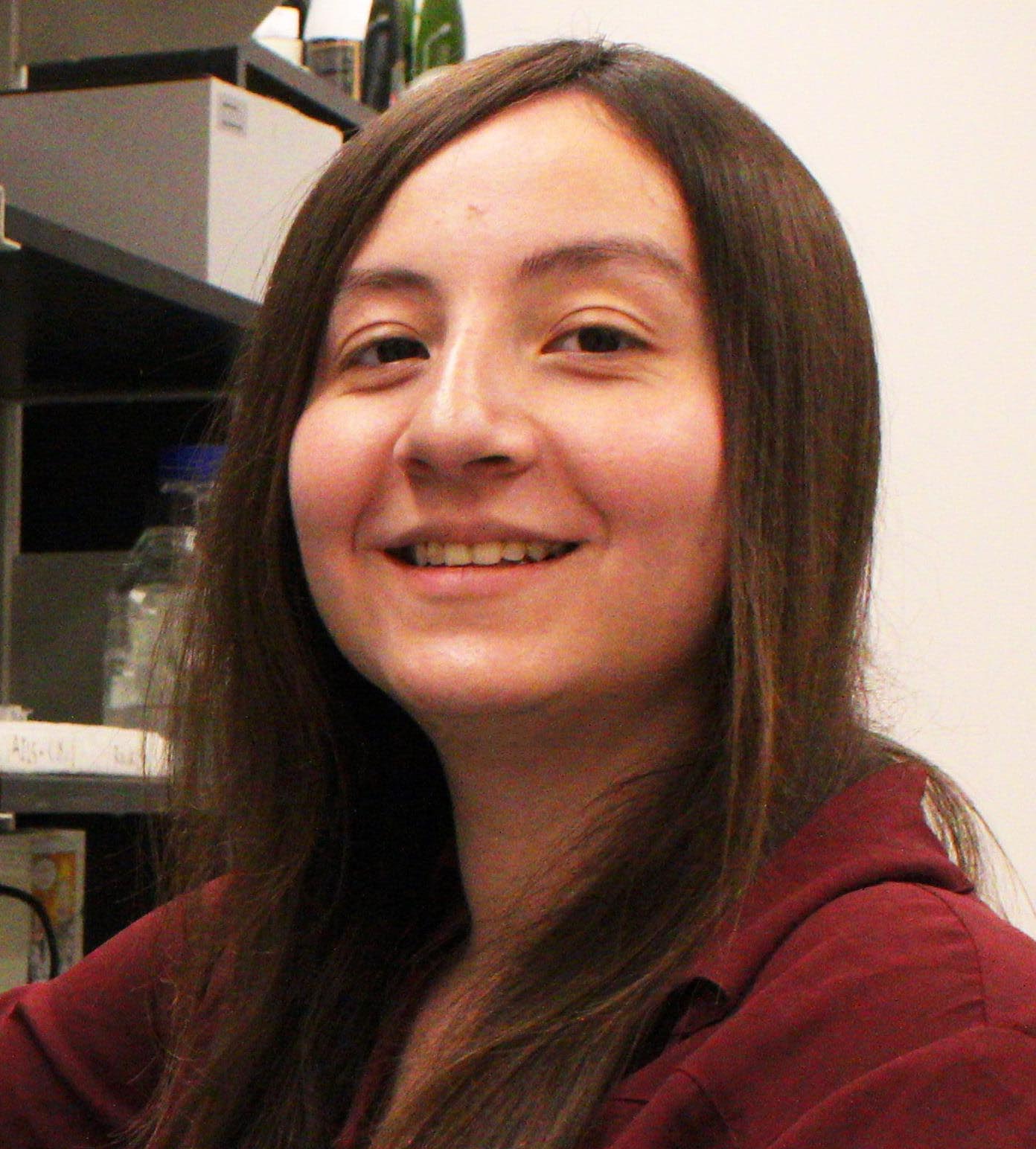
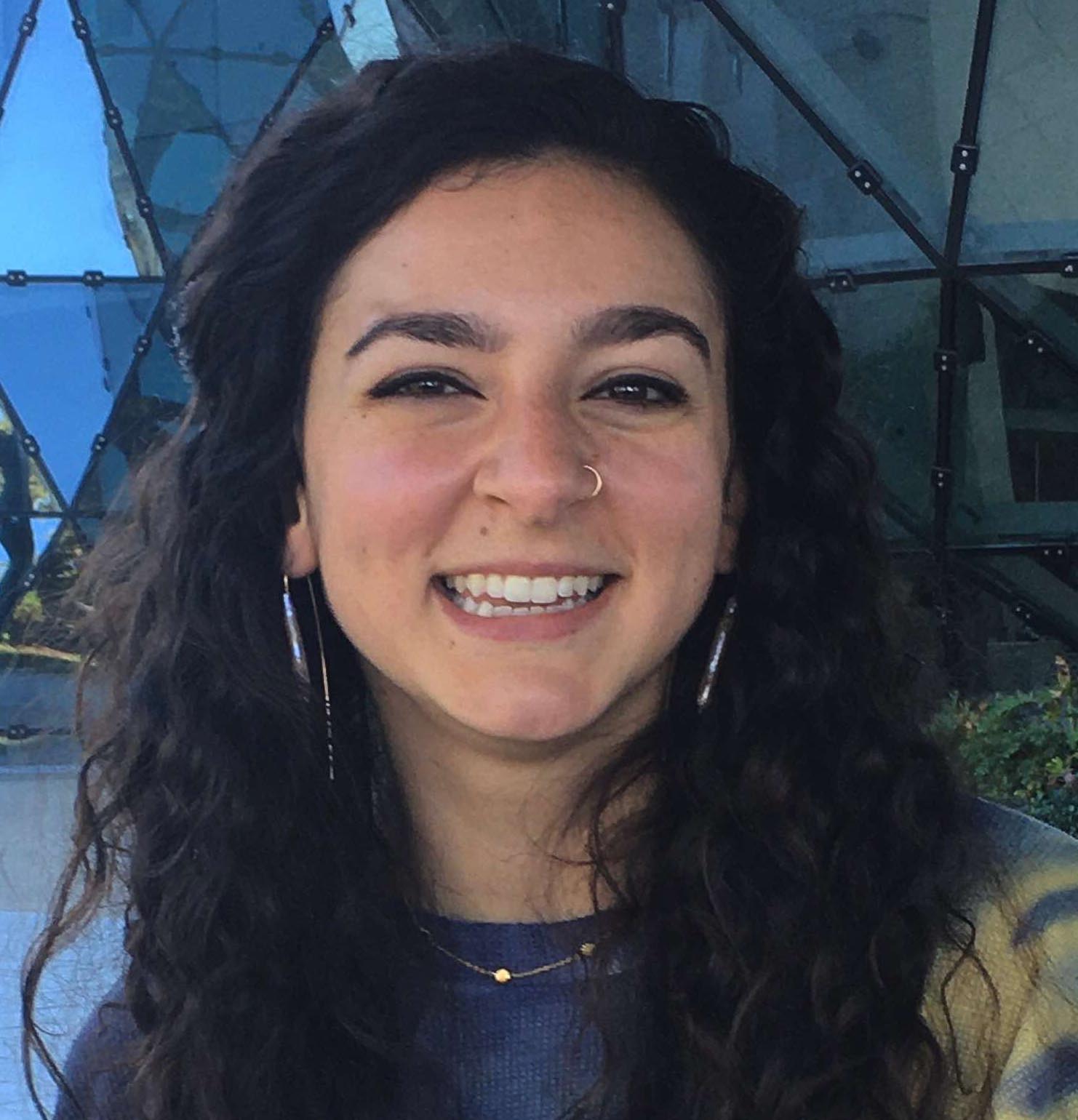

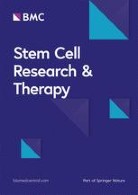
Single-cell RNA sequencing of equine mesenchymal stromal cells from primary donor-matched tissue sources reveals functional heterogeneity in immune modulation and cell motility.
Harman RM, Patel RS, Fan JC, Park JE, Rosenberg BR, Van de Walle GR.
Stem cell research & therapy. 2020 Dec;11(1):1-5.
Cutting-edge genomic technologies are being leveraged on campus to study all kinds of species, including traditional and non-traditional model organisms. In this article, Becky Harman in Gerlinde Van de Walle's lab (Baker) and co-authors use single-cell transcriptomics to define functional heterogeneity in mesenchymal stromal cells (MSCs) in horses. Their findings have important translational implications, because MSCs have promising potential as treatment for a variety of different conditions including musculoskeletal diseases and diabetes.
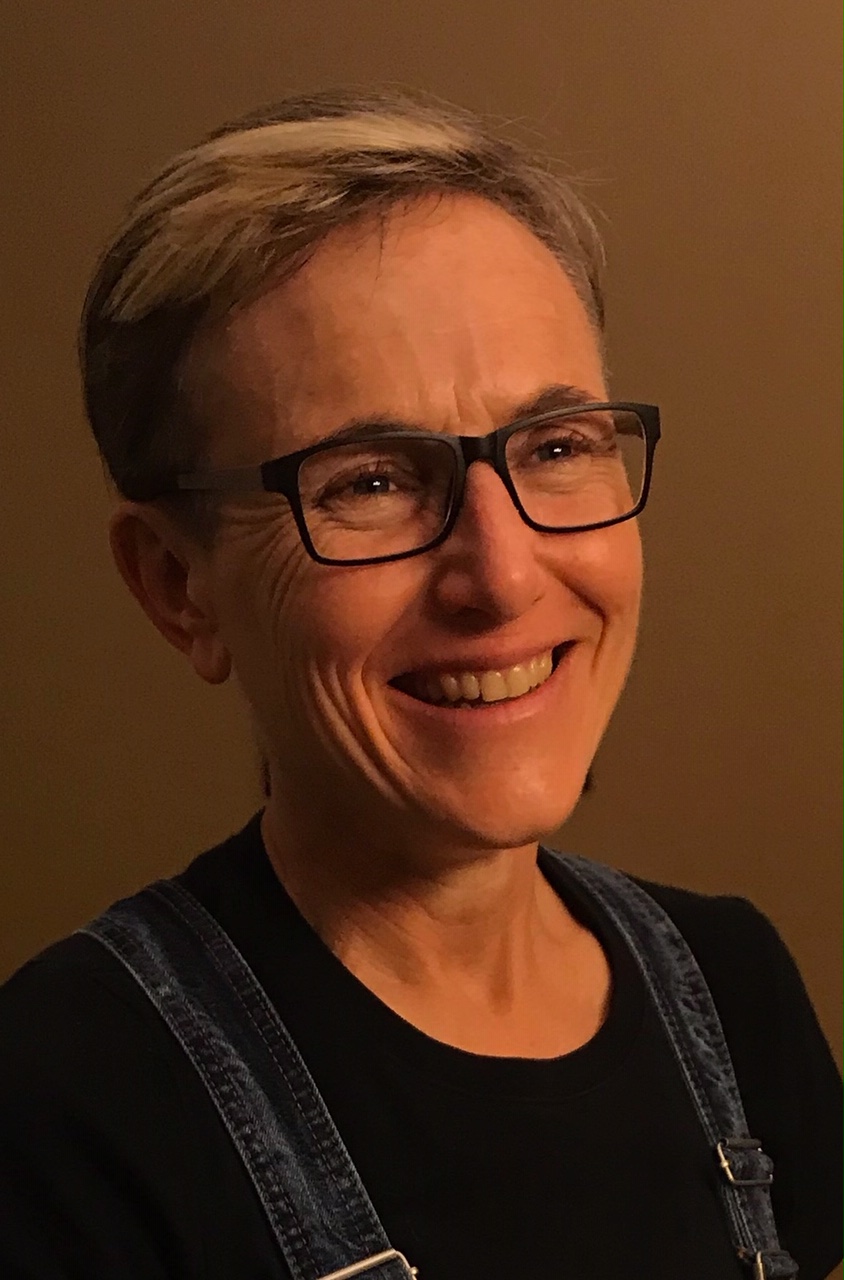
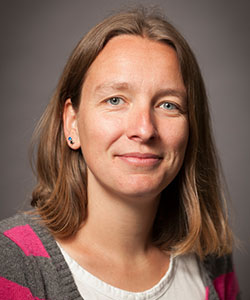
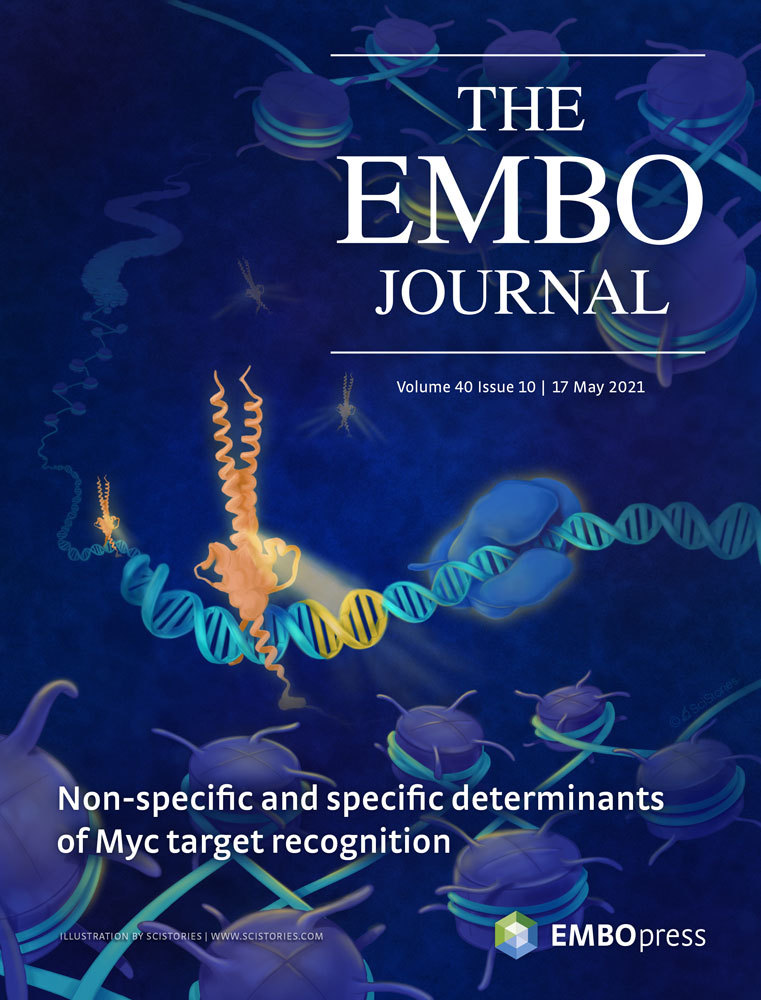
Phosphoproteomics reveals a distinctive Mec1/ATR signaling response upon DNA end hyper‐resection.
Sanford EJ, Comstock WJ, Faça VM, Vega SC, Gnügge R, Symington LS, Smolka MB.
The EMBO Journal. 2021 Mar 25:e104566.



Versatile CRISPR/Cas9-mediated mosaic analysis by gRNA-induced crossing-over for unmodified genomes.
Allen SE, Koreman GT, Sarkar A, Wang B, Wolfner MF, Han C.
PLoS biology. 2021 Jan 14;19(1):e3001061.
This very recently published work represents an exciting collaboration between the Han and Wolfner labs (MBG). In this study, co-led by Sarah Allen, Gabriel Koreman, and Ankita Sarkar, the authors report a new technique called MAGIC for generating mosaic organisms based on DNA double-stranded breaks produced by CRISPR/Cas9. Though the authors comprehensively test the method in wild-derived Drosophila strains, it can in principle be applied in any organism that is compatible with CRISPR/Cas9.
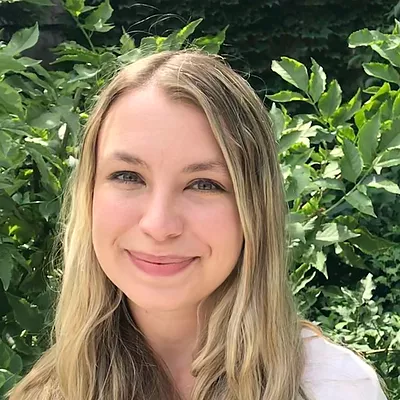
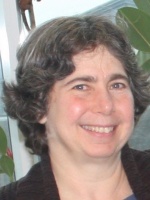
Director's Highlights Fall 2020
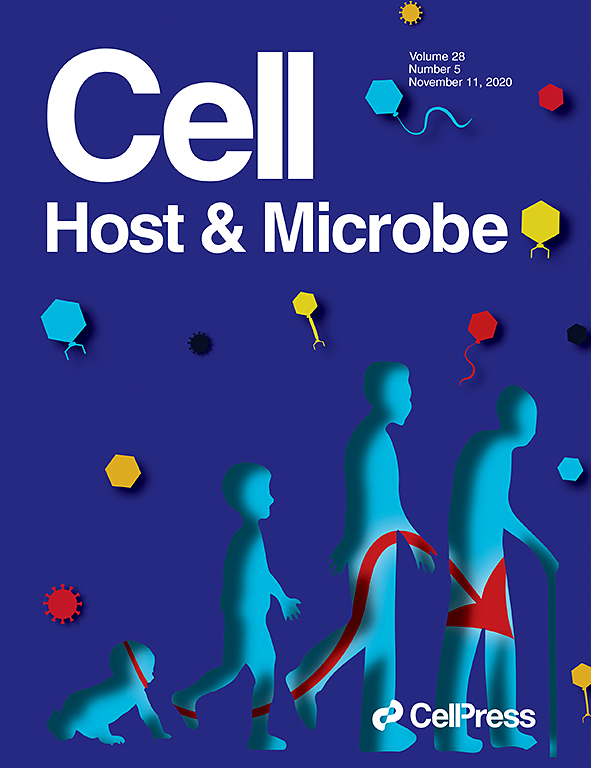
Going Keto? Say βHB-ye Bye to Your Gut Bifidobacteria.
Le HH, Johnson EL.
Cell Host Microbe. 2020 Jul 8;28(1):3-5. doi: 10.1016/j.chom.2020.06.012. PMID: 32645352.
This article from Dr. Liz Johnson's lab (DNS) offers an important commentary on recent research describing the role of gut microbiota in mediating the effects of ketogenic diets on the immune system. Liz is one of the newest members of the CVG and we're excited about her interdisciplinary research program at the interface of genomics, molecular nutrition, lipid biology, and host-microbe interactions.

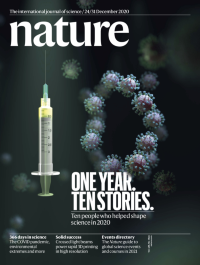
Highly multiplexed spatial mapping of microbial communities.
Shi H, Shi Q, Grodner B, Lenz JS, Zipfel WR, Brito IL, De Vlaminck I.
Nature. 2020 Dec;588(7839):676-681. doi: 10.1038/s41586-020-2983-4. Epub 2020 Dec 2. PMID: 33268897.
This exciting study introduces a new technology, referred to as high-phylogenetic-resolution microbiome by fluorescence in situ hybridization (HiPR-FISH), for studying the spatial distribution of microbial communities at single-cell resolution. The microbiomes of the murine gut and human oral plaque are investigated closely. This work represents a collaboration among the Zipfel, De Vlaminck, and Brito labs (BME).


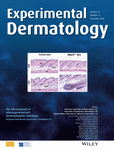
High resolution single cell transcriptomics reveals heterogeneity of self-renewing hair follicle stem cells.
Chovatiya G, Ghuwalewala S, Walter LD , Cosgrove BD, Tumbar T.
Exp Dermatol. 2020 Dec 15. doi: 10.1111/exd.14262. Epub ahead of print. PMID: 33319418.
In this collaborative work between the Cosgrove (BME) and Tumbar (MBG) labs, the authors leverage single-cell approaches to define the heterogeneity of hair follicle stem cells (HFSC) during self-renewal. This work lays the foundation for the investigation of different functions associated with the distinct HFSC populations. Congrats to 2021 CVG Scholar Sangeeta Ghuwalewala and 2021 Developmental Genomics T32 fellow Lauren Walter, who are both co-authors on the study.

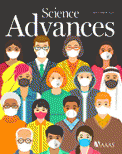
Paternal deprivation impairs social behavior putatively via epigenetic modification to lateral septum vasopressin receptor.
Kelly AM, Ong JY, Witmer RA, Ophir AG
Science Advances 2020 Sep 2;6(36):eabb9116. doi: 10.1126/sciadv.abb9116.
This interesting study from the Ophir lab (Psychology) links changes in DNA methylation to the sex-specific effects of parental care on the social behavior of prairie vole offspring. Alex Ophir is one of the newest members of the CVG and his group's research interests at the interface of neuroethology and epigenomics is a wonderful addition to our community.

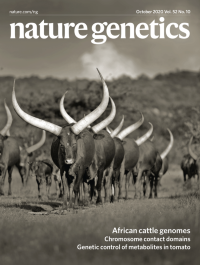
Transcription imparts architecture, function and logic to enhancer units.
Tippens ND, Liang J, Leung AK, Wierbowski SD, Ozer A, Booth JG, Lis JT, Yu H.
Nat Genet. 2020 Oct;52(10):1067-1075. doi: 10.1038/s41588-020-0686-2. Epub 2020 Sep 21. PMID: 32958950; PMCID: PMC7541647.
In this comprehensive study, from the Lis (MBG) and Yu (Computational Biology) labs, the authors show that GRO-cap signal offers higher resolution for defining active enhancers than traditional approaches that make use of histone marks. Notably, the study also suggests a functional role for Pol II recruitment at enhancers. Congratulations to the study's leading authors Nate Tippens, a previous Developmental Genomics T32 fellow, and Jin Liang.


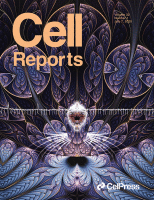
Cyclin N-Terminal Domain-Containing-1 Coordinates Meiotic Crossover Formation with Cell-Cycle Progression in a Cyclin-Independent Manner.
Gray S, Santiago ER, Chappie JS, Cohen PE.
Cell Rep. 2020 Jul 7;32(1):107858. doi: 10.1016/j.celrep.2020.107858. PMID: 32640224; PMCID: PMC7341696.
In this study, the Cohen lab (BMS) identifies in mouse testis a short-form of the protein CNTD1, which they reveal has a role in facilitating crossover formation during the cell cycle. Interestingly, this function is not mediated by interactions with cyclin-dependent kinases. These findings have important implications for the timing and control of prophase I in the male mouse. Furthermore, this alternative non-cyclin function of CNTD1 suggests that this protein may function in different ways to regulate crossing over across eukaryotes.

Director's Highlights Spring 2020

Metabolic reprogramming promotes neural crest migration via Yap/Tead signaling.
Bhattacharya D (CVG Scholar 2018), Azambuja AP, Simoes-Costa M.
Developmental Cell. 2020 Apr 2.
In this study, the Simoes-Costa lab shows that metabolic reprogramming, specifically enhanced dependence on anaerobic glycolysis termed the Warburg effect, drives neural crest development. Although the Warburg effect is best studied in the context of cancer, the broader implication of this exciting work is that the Warburg effect is likely an important developmental mechanism that is aberrantly reactivated during tumor development and metastasis. The lead author on this work is Deb Bhattacharya, a CVG Scholar in 2018.


Gastric squamous-columnar junction contains a large pool of cancer-prone immature osteopontin responsive Lgr5− CD44+ cells.
Fu DJ, Wang L, Chouairi FK, Rose IM (CVG T32 Scholar 2017), Abetov DA, Miller AD, Yamulla RJ, Schimenti JC, Flesken-Nikitin A, Nikitin AY.
Nature Communications. 2020 Jan 3;11(1):1-3. PMID: 31901081
This study from the Nikitin lab explores gastric cancer, particularly tumors arising from the gastro-esophageal junction, for which the prognosis is extremely poor for unknown reasons. The authors identify a unique population of cancer prone cells only at the gastro-esophageal junction, which appear to be responsible for the initiation and progression of gastric cancer in this area. Co-author Ian Rose is a Vertebrate Developmental Genomics T32 fellow (2017) and Andrea Flesken-Nikitin is a CVG seed grant awardee (2019).

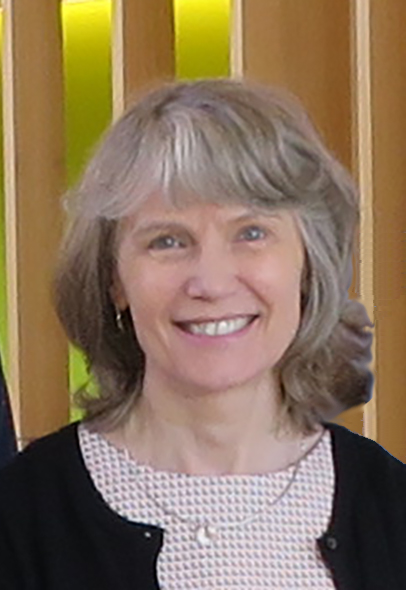
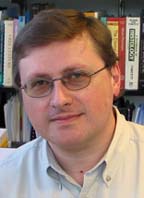

Hotspots of Aberrant Enhancer Activity in Fibrolamellar Carcinoma Reveal Candidate Oncogenic Pathways and Therapeutic Vulnerabilities.
Dinh TA, Sritharan R, Smith FD, Francisco AB, Ma RK, Bunaciu RP, Kanke M, Danko CG, Massa AP, Scott JD, Sethupathy P.
Cell Reports. 2020 Apr 14;31(2):107509.
In this study, the Sethupathy lab leverages ChRO-seq technology, pioneered in the Danko laboratory at Cornell, to define the chromatin landscape of a rare but devastating early-onset liver cancer called fibolamellar carcinoma (FLC). The authors reveal key signaling pathways that are aberrant in FLC and identify previously unsuspected genes that maintain FLC tumor cell survival. Studies in cell models suggest that combination therapy with inhibitors of these genes may offer a new therapeutic approach for this cancer for which there is currently no effective treatment.


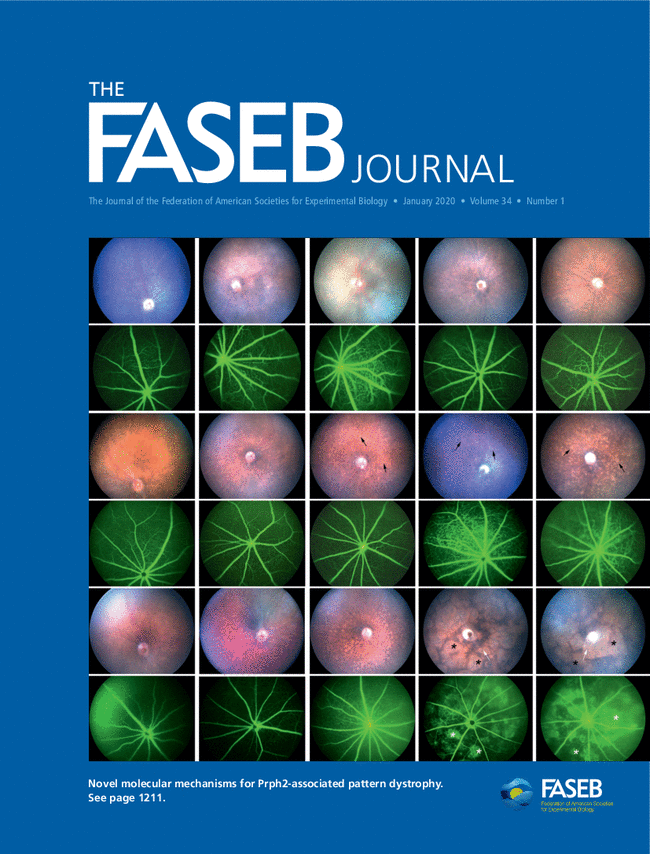
Hepatocyte p53 ablation induces metabolic dysregulation that is corrected by food restriction and vertical sleeve gastrectomy in mice.
Holter MM (CVG Scholar 2018), Garibay D, Lee SA, Saikia M, McGavigan AK (CVG Scholar 2015), Ngyuen L, Moore ES, Daugherity E, Cohen P, Kelly K, Weiss RS, Cummings BP.
FASEB J. 2020 Jan;34(1):1846-1858. PMID: 31914635
Although p53 is widely appreciated as a tumor suppressor, this study from the Cummings lab explores its role in energy metabolism. Specifically, the authors find that loss of p53 only in the liver leads to metabolic dysfunction. Moreover, they show that a specific type of bariatric surgery referred to as vertical sleeve gastrectomy can rescue the effects of liver-specific p53 loss to restore systemic energy balance. The lead author, Marlena Holter, is a CVG scholar (2018), and the study represents a collaboration with other CVG labs (Kelly and Weiss).
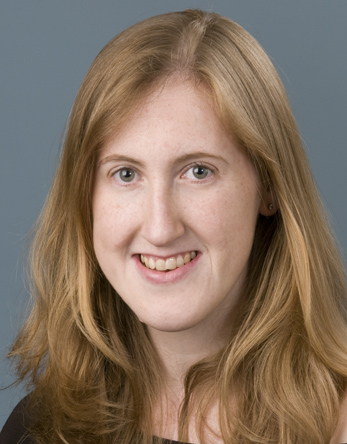



Thermal cues drive plasticity in resistance to desiccation in a montane salamander with implications for responses to climate change.
Riddell EA, Roback EY, Wells CE, Zamudio KR, Sears MW.
Nature communications. 2019 Sep 9;10(1):1-2.
Rapid water loss is a universal threat for animals, but the cues and responsive mechanisms that regulate resistance to water loss are poorly defined. Using gene expression network analyses and careful phenotypic assessments, Kelly Zamudio and collaborators demonstrate that the risk of water loss for salamanders rises exponentially with temperature. They also find that salamanders regulate water loss through regeneration of capillary beds in the skin, indicating that tissue renewal may be used for physiological purposes beyond replacing lost limbs.

Genome Diversity and the Origin of the Arabian Horse
Cosgrove EJ, Sadeghi R, Schlamp F, Holl HM, Moradi-Shahrbabak M, Miraei-Ashtiani SR, Abdalla S, Shykind B, Troedsson M, Stefaniuk-Szmukier M, Prabhu A, Bucca S, Bugno-Poniewierska M, Wallner B, Malek J, Miller DC, Clark AG, Antczak DF, and Brooks SA.
Scientific Reports. 2020 Jun 16;10(1):1-3.
The Arabian horse is one of the oldest breeds of any domesticated animal. This study from CVG members Doug Antczak and Andy Clark, in collaboration with colleagues across the world, leverages genomics to study the origin of the Arabian horse. The results point to a Middle Eastern origin, indicate unique genetic adaptations for physiology and morphology, and importantly dispel the popular belief that thoroughbred race horses were founded by Arabian stallions. The findings have attracted attention from the lay press; a prominent recent article can be found here.
